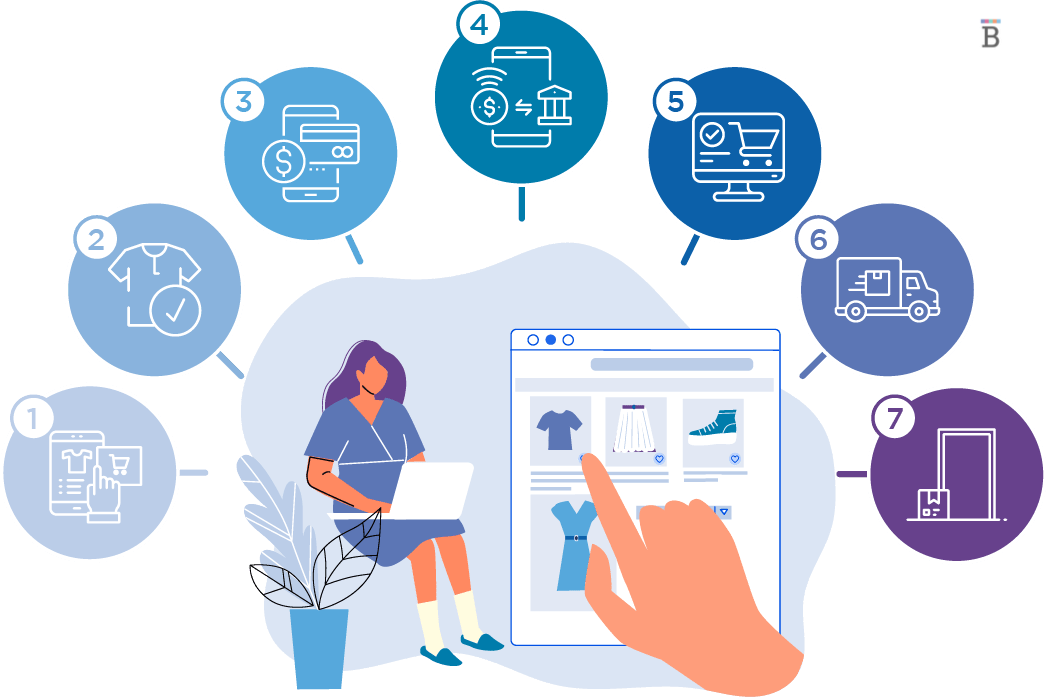Market research aims to collect, analyze, and interpret the data regarding a specific market, industry, product, or niche. It attempts to understand various types of information ranging from competition on the market to audience specifics. Nearly every strategy creation or decision-making in a business’s marketing department starts with marketing research.
Methodologies and marketing research strategies differ from business to business. It could include including surveys, focus groups, interviews, observation, or external tools that quickly analyze data. This guide serves as a primary tool for researchers and marketing specialists who want to learn more about the marketing research process, tools, types of research, strategies, and more.
Importance of Marketing Research Process
Marketing is especially complicated for new businesses (start-ups), new products and services, or new market acquisitions. If you have a business idea and you want to decide whether it is worth investing in it or not you need to do market research. If your company decides to open a branch in another country and target a local audience you need market research to find out about the opportunities and threats in a new market.
Marketing research is not only important but it is a necessity. Firstly, it helps marketers understand what their customers need or want. It plays a significant role in choosing targeted marketing campaigns. Secondly, the research outcomes help you find new opportunities for growth and help you understand where you stand currently on the market. Finally, market research is often used to avoid potential risks, especially in dynamic and volatile markets.
Here is a quick summary of marketing research benefits for any company or business:
- Understand your audience – segment and target your customers and position yourself on the market
- Engage with your customers – choose the right communication channels and methods
- Examine the competition – observe how competitors evolve and adapt to the business environment
- Find new opportunities – examine the gaps in the market and see if you can fill in them
- Improve your strategy and products – gather new data about market demands, trends, and innovations to improve your current strategy, products, and services
- Make informed decisions – be prepared for upcoming challenges, changes in regulatory or legal frameworks, and new competition
Step By Step Guide in the Marketing Research Process


There are many different types of marketing research. The type and format of the research depend on business goals, industry, audience, available resources, and dozens of other factors. Digital marketing research focuses on digital channels only, while B2B market research will concentrate on business environments ignoring B2C-related fields.
However, no matter the type of marketing research you need, there are a few common steps that every researcher needs to take. Let’s look at the step-by-step process of marketing research.
Define the research problem and objectives
- Why do you need marketing research?
- What are your goals?
- What type of information do you need for your research?
- How would a successful research outcome look to you?
These are the four most important questions that you need to answer before you start planning out your marketing research. As there are hundreds of methodologies, tools, platforms, and strategies you can use for research purposes you want to narrow them down based on your needs.
For example, a company may require marketing research to understand why suddenly their product sales are declining. They may have tried to understand the reasons with other methods but still have no clear answer. Market research would help them see if the audience demand for similar products has changed in general and if it affected their competitors, as well.
Keep in mind that all team members must be aware of the research goals. Define the goals clearly and make sure that they can be measurable.
Develop a research plan
When you have your goals and objectives ready it is easier to create a marketing research plan. The plan includes different sections that address the structure and process of the research:
- What type of data will you collect (primary, secondary)
- How are you collecting the data?
- Who is responsible for data collection?
- What tools will you use in the research process?
- What are the main steps or milestones in your research?
- How long will it take to accomplish each milestone?
- Who will analyze the data?
- How will you communicate the research findings?
You can use many different options for research plan structure. You can use collaboration platforms to assign specific roles to your team members, write task instructions, and set deadlines.
Collect data from primary & secondary sources
Any research, in general, can find two common sources for gathering information: primary and secondary.
- Primary marketing research: this is the firsthand source that lets you collect the data directly from the subject of your research. For example, a client interview is a primary source of information as you are interacting with your client and the data does not go through any modifications or changes.
- Secondary marketing research: secondary market research sources mean that you were not present when the event was happening. For example, using publications that analyze customer feedback from the past, expert evaluations, statistical data from third-party companies, etc.
Ideally, research needs both primary and secondary sources to get all-encompassing and rich findings. Using only primary sources could put your research objectivity at risk, as secondary sources always contribute to a more objective perspective on the research.
Primary Research
The marketing research process begins with a problem that needs to be solved or a question that needs to be answered. You choose how to collect information for solving a problem or answering a question. While such data may come from different sources, primary research source is considered to be the most reliable one.
Primary research is conducted by the company itself, its marketing representative or a research agent/third-party agency hired specifically for that purpose. This is a method that lets you set your research environment, come up with specific forms of data collection (design your own surveys, interviews, questionnaires, polls), and assess your firsthand data.
The most common sources for primary research include:
- Interviews
- Surveys
- Focus groups
- Polls
- Questionnaire
Many companies decide to choose secondary research instead. The reason is that it usually is less expensive and requires fewer resources – you do not need a team of researchers (interviewers, those who build surveys, collect responses, etc), and you need much less time compared to primary research methods.


Secondary Research
Secondary research is the process of collecting data that has already been published, such as in magazines, newspapers, books, journals, online sources, etc. It’s a type of desk research, which means that instead of conducting primary research (such as surveys or interviews), you’re collecting data that someone else has already collected and published.
Secondary research can be an incredibly valuable tool for marketing professionals, as it can provide insights and information that would be otherwise difficult or impossible to obtain. However, it’s important to note that secondary research should not be used as the sole source of information when making marketing decisions; rather, it should be used in conjunction with primary research to get a well-rounded understanding of the topic at hand.
Analyze and interpret the findings


The final step is to analyze the data and information gathered during the research process. This step is important to understand what the data means and how it can be applied to your business.
While analyzing we should keep one thing in mind, good analysis is crucial since the “so what?” aspect of research data interpretation—the so-called “so what?” factor—is based on it. The analysis looks at data so that we can understand what is happening. The research findings are used to explain what the data represent and make recommendations regarding what executives need to know and do based on the findings.
For example, what are the most important takeaways & findings from the research that managers should remember? What market segments have you identified, and which ones should you concentrate on? What are the most common reasons that your consumers pick your competitor’s product rather than yours, and how does this affect future product improvements? There are various methods of data analysis, but some common techniques include:
- Descriptive Analysis
This type of analysis is used to summarize the data and understand basic trends.
- Inferential Analysis
This type of analysis goes beyond the descriptive analysis to try and draw conclusions about a larger population.
- Predictive Analysis
This type of analysis uses data to make predictions about future events or trends.
Once the data has been analyzed, it can be used to make decisions about marketing strategy and how to best reach your target market. Marketing research is an important tool that can be used to help businesses succeed. By taking the time to understand the needs and wants of your target market, you can develop a marketing plan that will reach them effectively and efficiently. Then after analyzing the researched data, we have to present the findings to the client or decision maker.
The presentation should be clear and concise and should highlight the most important findings of the research. Thus, we can see that marketing research is a vital tool for businesses, and understanding the process can help you to get the most out of it. By following these four steps, you can ensure that your marketing research is effective and informative and that it provides you with the insights you need to make sound business decisions.





















Leave a Reply
View Comments